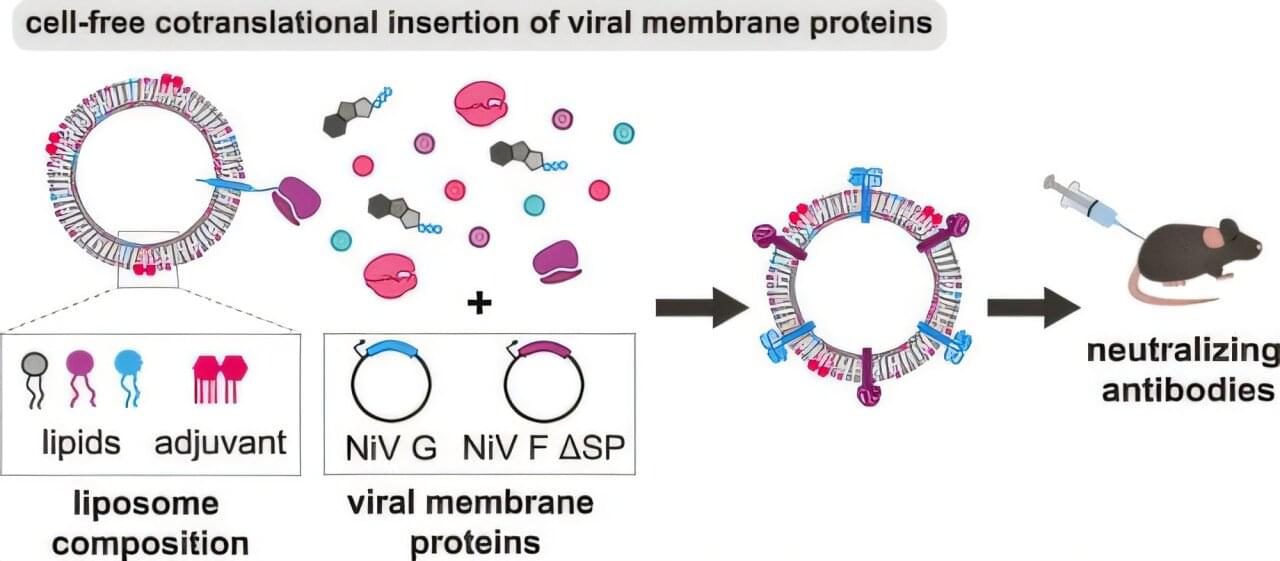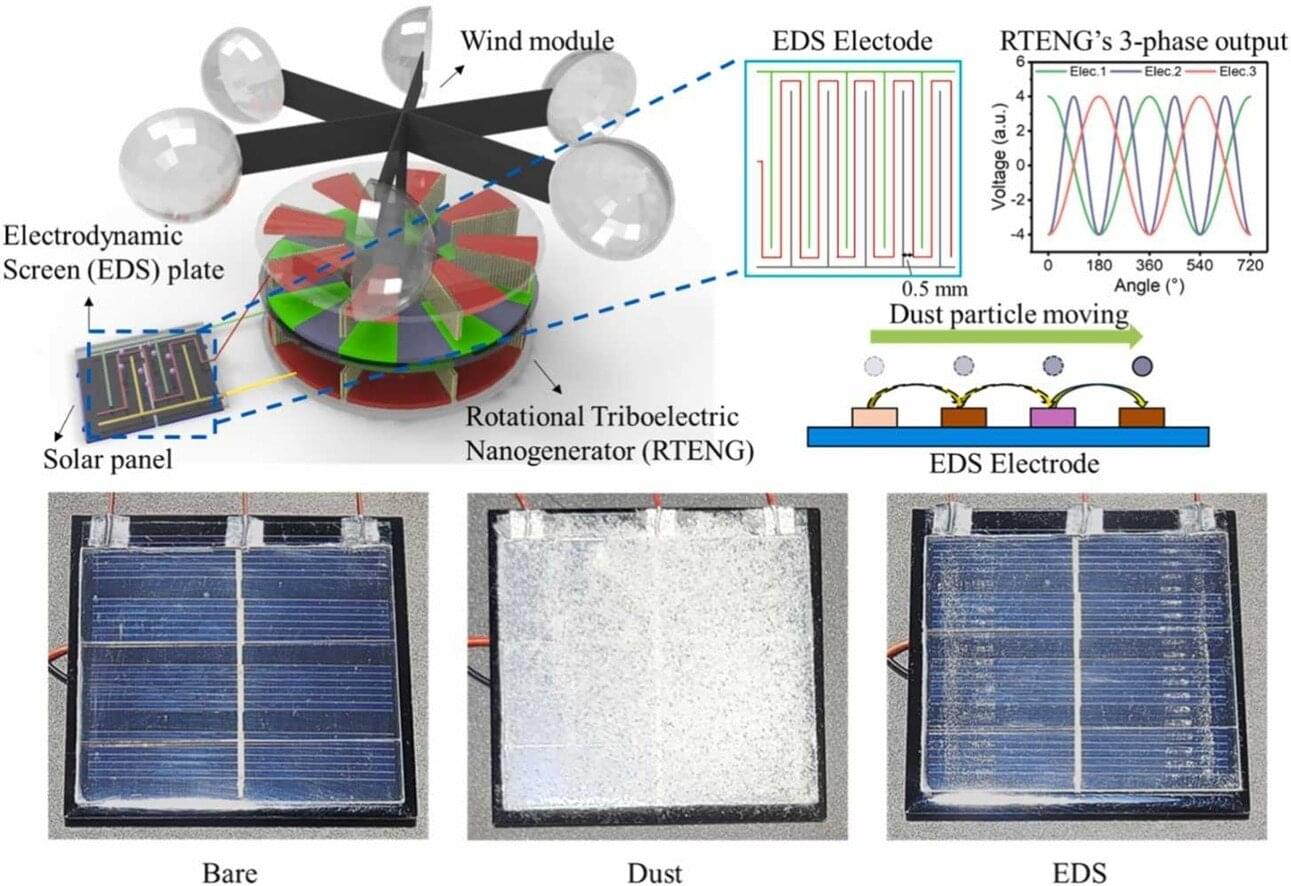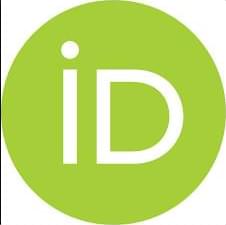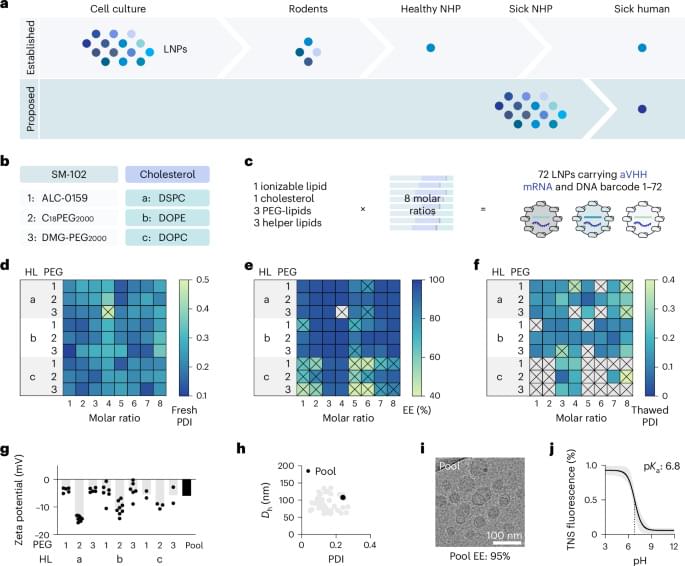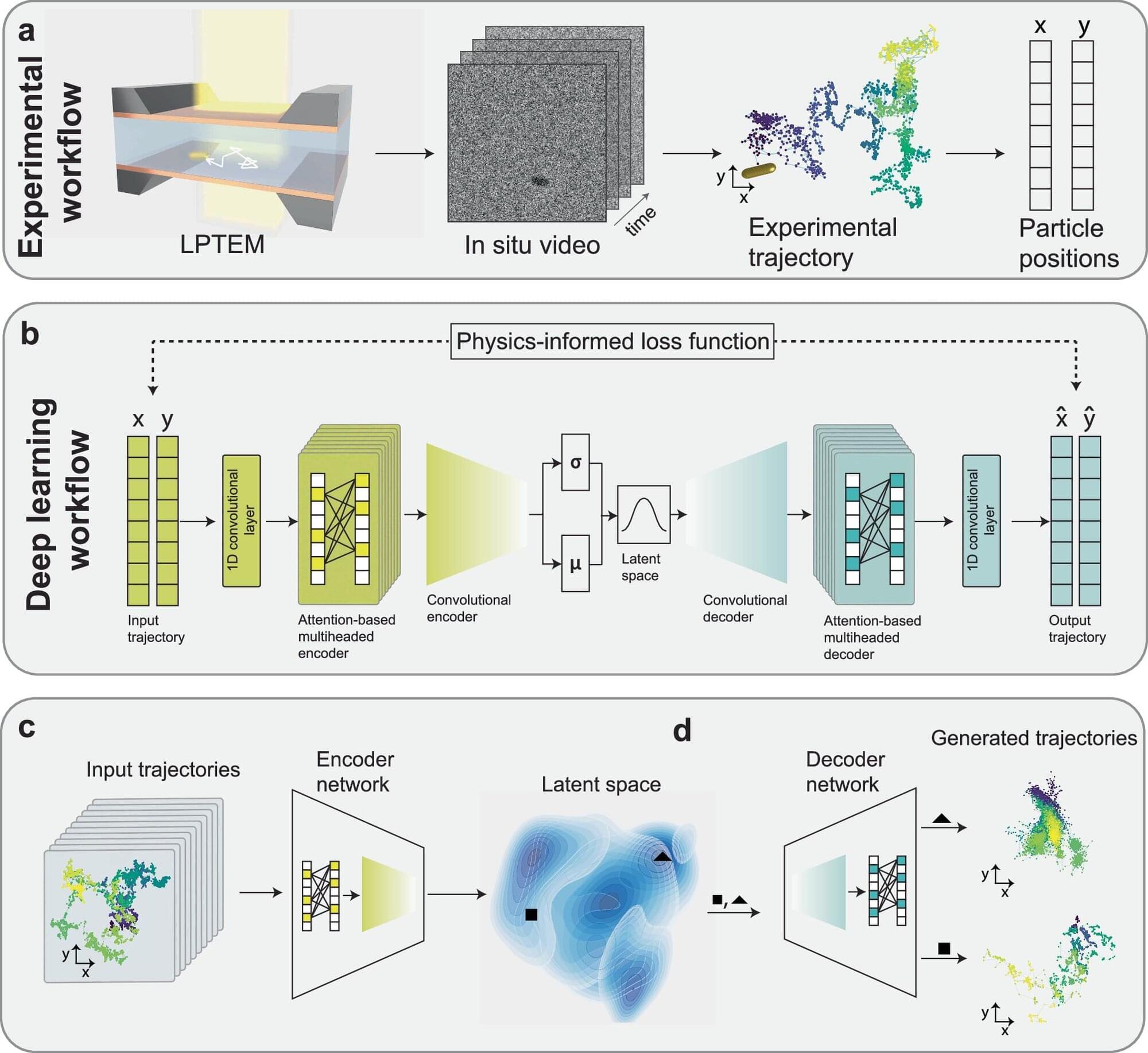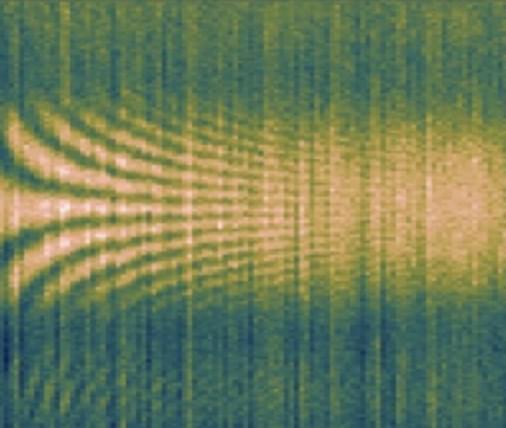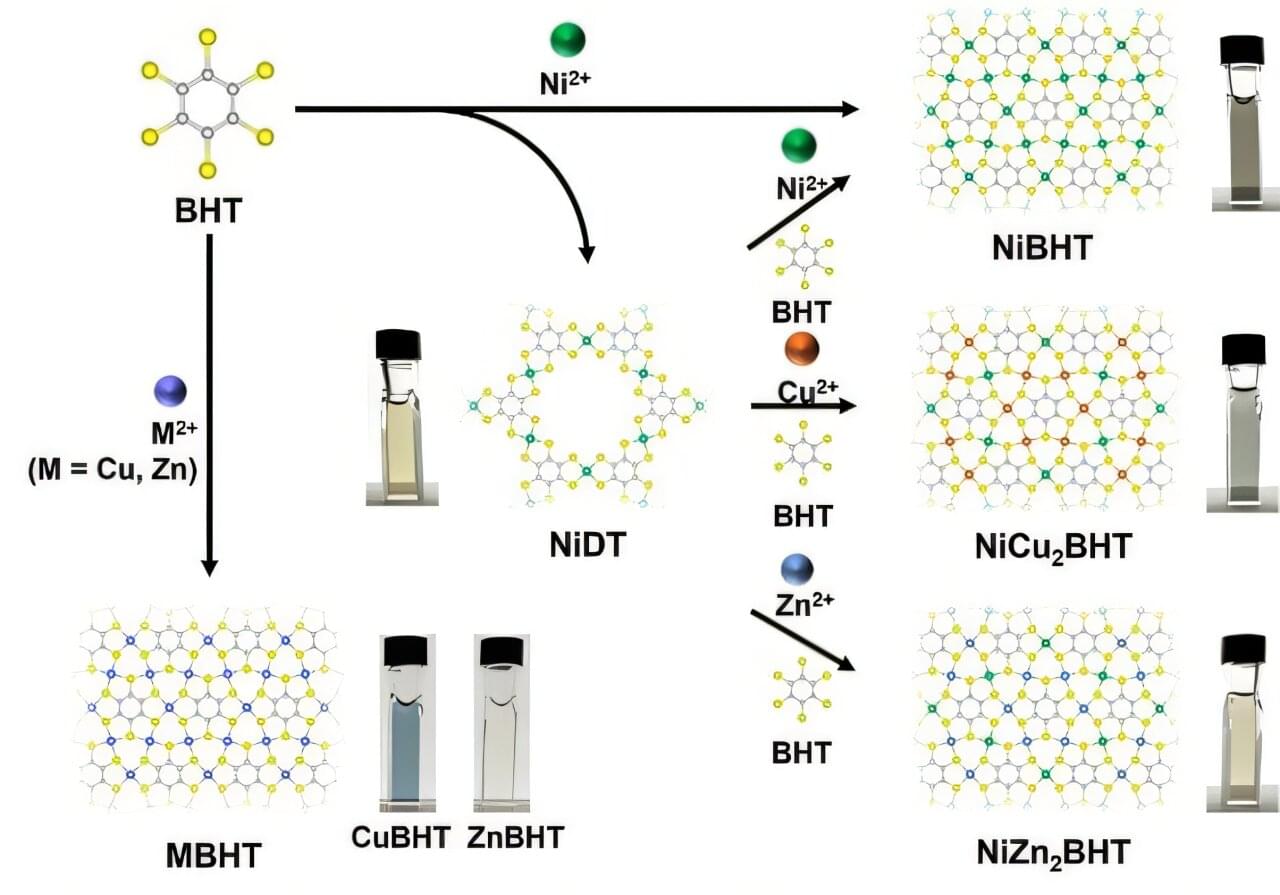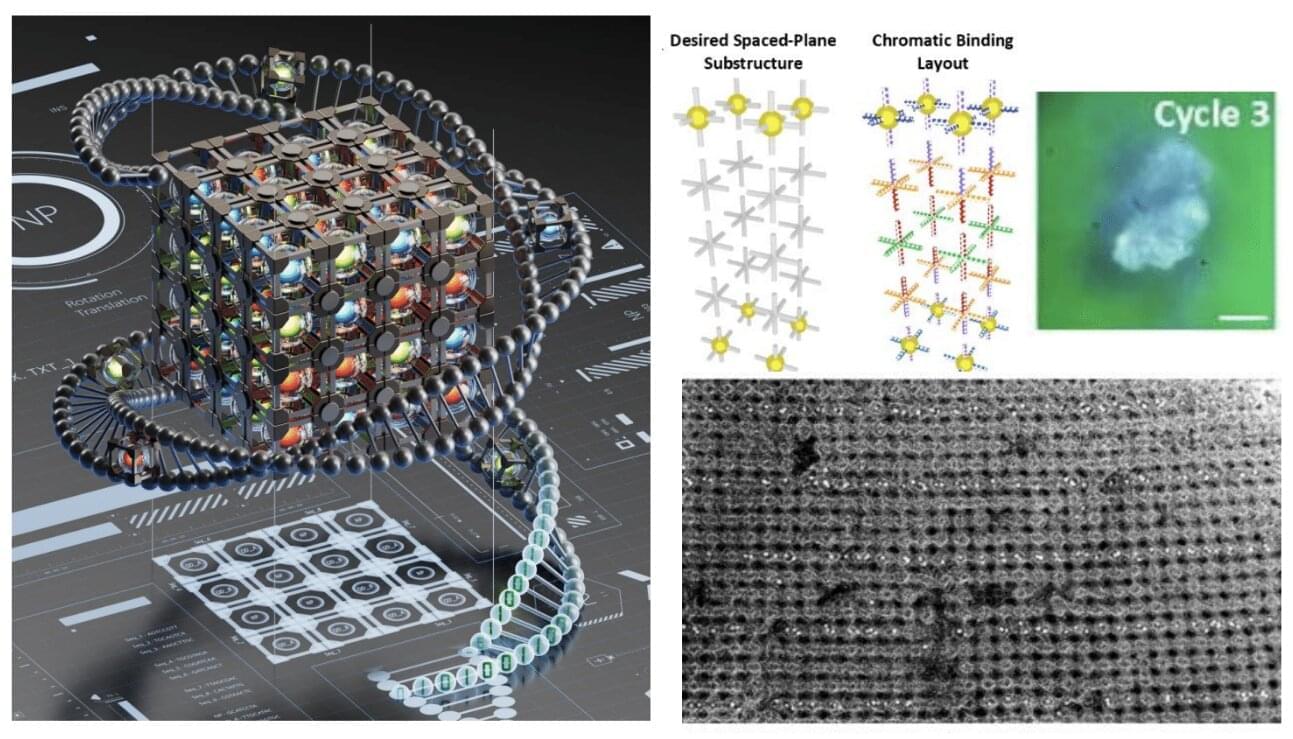Researchers from Cornell and Northwestern universities have developed a rapid, cell-free method for building nanoparticle vaccines that mimic viruses at the molecular level, offering a powerful new tool for responding to emerging pandemics.
By producing and folding full-length viral membrane proteins directly into synthetic lipid bubbles called liposomes, the technique creates vaccine candidates in hours, rather than weeks or months, and could pave the way for faster, more adaptable immunization strategies against deadly viruses like Nipah.
The research, presented in the paper “Cell-Free Expression of Nipah Virus Transmembrane Proteins for Proteoliposome Vaccine Design,” was published in the journal ACS Nano.
